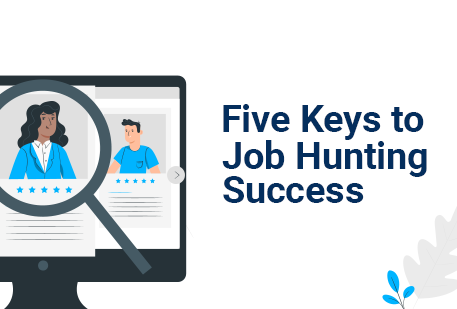Capture a competitive advantage through workforce planning
Strategic workforce planning (SWP) is the essential link between business needs and HR strategy, driving the decisions that must be made today for a competitive advantage in the future. And yet, i4cp research shows that less than 20% of companies believe they’re effective with their SWP initiatives.
Companies struggle with SWP for various reasons, from an inability to collect meaningful data to a lack of credibility and acceptance with the executive team. Too often it is seen as yet another HR process being done for HR alone.
Optimizing the new workforce (by Jay Jamrog from i4cp)
In the i4cp study Evolution of Work, talent leaders stated that HR needs more rigorous workforce planning to help their organizations realize maximum returns from the efforts of employees and non-employees alike.
The evolution of the worker and employer relationship makes recruiting, training, and relying on this new blended workforce challenging, and adaptability and risk taking are crucial elements for success. This evolution shifts HR’s primary emphasis from employees to the work organizations must accomplish, making HR the catalyst for optimizing talent and organizational performance. To ensure success in this strategic role, HR functions are redefining and focusing on workforce planning to drive talent strategies and take purposeful action to mitigate business risk.
Workforce planning reimaginedHR must work effectively with the business to accurately define business goals and associated workforce needs. This requires projecting future skills and staffing needs, then determining whether employees or non-traditional workers will best meet the requirements of any given work situation. This reimagined approach, while still encompassing the forecasting, supply and demand projections, gap analysis, and business-planning focus of traditional workforce planning, takes the process to new levels.
Workforce planning in seven steps
- Strategy analysis: Partner with business units to define organizational goals and objectives
- Talent segmentation: Create a talent map to identify and plot the critical roles, those core to business success and difficult to recruit and develop
- Risk analysis: Deconstruct the work for each critical role to determine the individual tasks and skills needed, and identify and quantify risks
- Supply and demand analysis: Conduct capability review to determine current supply and future demand for talent in critical roles
- Environmental scanning: Conduct environmental plans and scenario planning to understand current and potential market changes
- Gap analysis: For each talent segment, determine whether you will need to add more, maintain, or reduce the number
- Talent management strategy: Based on analysis, determine whether you will need to build, buy, rent, poach, or borrow talent, and create an action/investment plan
Deconstructing work To determine if work is best performed by employees or non-employees (‘leading the work’ as John Boudreau and co-authors term it), HR must first deconstruct the work to be done. This involves analyzing jobs, determining if they can be broken into component projects or tasks, and, if so, how small those tasks can and should be.
Subsequent decisions include whether to disperse tasks within or outside an organization, if the work must be done at a specific time and place, and what rewards might attach to accomplishing the work.
Process as a systemOnce an organization has segmented its roles to determine which are critical for success, it must deconstruct those roles to determine the work needed to be accomplished for each one. This gives a deeper understanding of work as well as the current supply of and future demands for the talent for each work segment. This enables better decisions around whether to build, buy, poach, borrow, or rent talent. Constantly identifying and monitoring talent, wherever it is located, and presenting an appealing talent brand to attract the best workers will be critical aspects of successful competition.
Reprinted with the permission of i4cp, a leading research firm that discovers the people practices of high-performance organizations. More workforce planning resources are available at http://www.i4cp.com/strategy/workforce-planningManaging workforce levels is not simple. Drake’s years of experience analyzing corporate workforce levels and fluctuations and providing workforce planning solutions ensures that our clients have optimal staffing levels year round. Contact Drake to find out how we can help with your strategic workforce planning requirements.
 CA-EN
CA-EN UK
UK AU
AU US
US NZ
NZ PH
PH ZA
ZA SG
SG HK
HK

